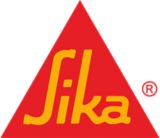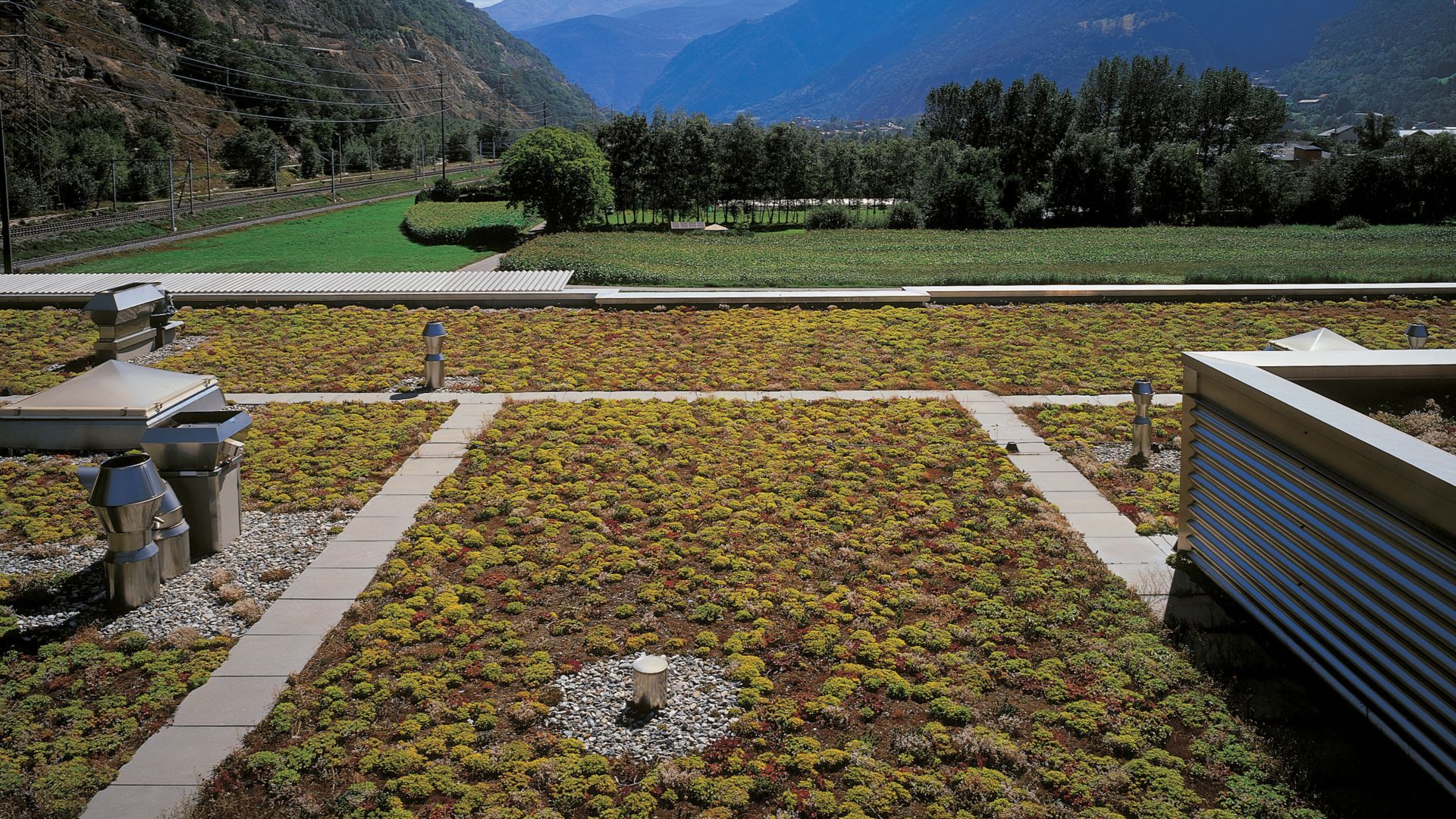What is a Green roof?
A green roof, also known as a vegetated roof system, is a layered assembly that includes vegetation installed over a waterproofing membrane. These systems are designed to support plant growth while protecting the underlying roof structure. Green roofs may contribute to planning and environmental objectives when specified in accordance with local authority guidance and relevant standards.
Types of Green Roof
In the UK, green roofs are typically classified into three categories:
Intensive green roofs – deeper substrates, capable of supporting a wide variety of plants and occasional foot traffic.
Extensive green roofs – lightweight systems with shallow substrates, generally selected for visual integration and minimal maintenance.
Biodiverse roofs – designed to support local ecology, often incorporating features that encourage habitat creation.
Extensive green roofs are the most commonly specified type in the UK. These systems are typically not intended for regular foot traffic unless specifically designed and tested for such use.
Planning and Regulatory Context
Green roofs may be referenced in planning applications, biodiversity action plans, or sustainable drainage strategies (SuDS). Their inclusion is sometimes encouraged or required by local authorities to support ecological or flood mitigation goals. Users should refer to the relevant planning policy or guidance for specific requirements.
Potential Benefits of Green Roofs
Subject to appropriate design, installation, and maintenance, green roofs may offer the following benefits:
- Thermal performance: May contribute to reduced heat transfer through the roof structure.
- Acoustic performance: May reduce airborne sound transmission depending on system composition and installation.
- Visual integration: Can reduce the visual impact of a building when compared to surrounding natural or built environments.
- Rainwater attenuation: May assist in managing rainfall through temporary retention and delayed runoff.
Get in Touch
SikaRoof® Extensive Green Roof
SikaRoof® Intensive Green Roof
SikaRoof® Biodiverse Green Roof
Green Roof Environmental Considerations
Green roofs—vegetated roof systems installed over a waterproofing layer—may contribute to environmental and planning objectives when designed and installed in accordance with relevant standards and local authority guidance.
A green roof system can support visual integration by helping a building blend into its surrounding landscape.
The installation of a green roof may contribute to reduced airborne sound transmission, depending on the system’s composition and installation.
Certain green roof systems may be designed to support biodiversity by incorporating features that encourage habitat creation.
Green roof systems may contribute to mitigating the Urban Heat Island effect when implemented at scale and in accordance with local planning or environmental strategies.
In the UK, rainfall is distributed relatively evenly throughout the year. When installed over a compatible waterproofing system, a green roof may assist in attenuating stormwater runoff by temporarily retaining rainfall and slowing its release into drainage systems.
Depending on the substrate depth and system design, green roofs may contribute to thermal regulation by influencing heat transfer through the roof structure.
When installed over a compatible waterproofing system, a green roof may reduce direct exposure of the waterproofing layer to sunlight and subsequent UV degradation.
In urban environments, green roof systems may contribute to air quality objectives by supporting natural processes associated with vegetation.

